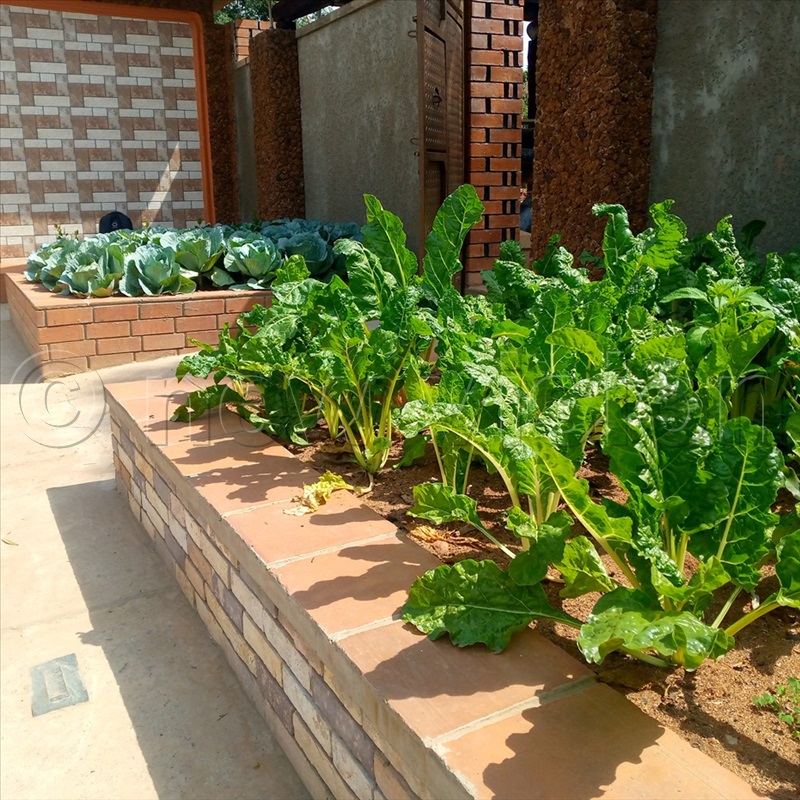By Umar Nsubuga
Making a plan for the garden of your choice will require a few materials.
A pencil, piece of plain paper, graph paper and tracing paper; a measuring string or tape; a few sticks or rods.
Some people are lucky to have feet long enough to make an accurate measure of one foot or 12 inches. Such feet are useful; they can be placed, instead of a measuring tape.
The graph paper and a measuring tape will give an accurate plan, hence preventing costly mistakes in the later stages of your plan.

Sketch the garden on a piece of paper. Walk through the garden, using tape or string, noting accurate measurements, and features of your choice that you would like to fit in.
Take a break. During the break, think through your plan, before drawing it on paper, to make a scale plan of the garden.
The accurate scale plan will help you estimate quantities of materials to use, for instance, how many bricks or tonnes of sand per square metre, are required to make a pavement or a path.
Gideon Zakke, an agronomist says using the measurements on the rough sketch paper, draw a scale plan of the area being designed on the graph paper, indicating the position of the permanent features. Permanent features may be a big tree, a hill or a water feature.
Using the lines and measurement of the graph paper, you can draw distances according to scale. For instance, you can use a scale of 1:50 (2cm in the plan, for every 1m in the garden or 3ft; or 1/4in to 1ft), for most small gardens. For larger areas, it is better to use a scale of 1:100 (1cm per 1m or 1/8in to1ft).
After drawing all the features on the graph, mark the main lines.
You may now overlay the graph paper on the tracing paper to draw out the features – this information will be useful at planting time.





